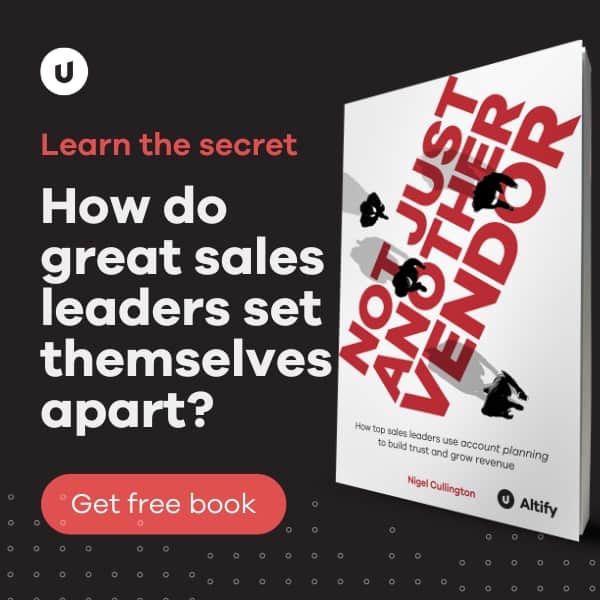If you’ve ever experienced what appears to be extremely unfair behavior from your buyer or his (or her) procurement department, you will laugh out loud at the video below.
I got this link from my friend Joe Terry over at Corporate Visions whose organization helps companies create a compelling message to set themselves apart in the market. One thing that they do that I think really has value is that they know how to [help companies to] deliver the right marketing messages at the right place in the sales cycle.
This video shows some examples of [bad] corporate buyer behavior, but in a consumer context. I particularly like the scene where a lady is trying to negotiate getting highlights in her hair for free. When confronted with the stylist who (understandably) is not keen to work for free, she concedes “OK, but I will cover your hard costs only …” Now, where have we heard that before?
Joe goes on to say …
We’re almost so used to B-to-B purchasing demands that we forget how ridiculous they are. This video gives us a chance to step back and laugh, but, it doesn’t change the reality of your customers’ buying habits.What can you do? Do these battles always have to occur? According to The Corporate Executive Board’s Integrated Sales Executive Council, only 9% of brand preference and loyalty decisions are based on price.
Meanwhile, 53% of a prospect’s decision to choose you comes from their sales experience.
So you are saying I’ve got a chance
What these percentages mean is… in a world where everyone sounds and looks the same, your prospects and customers are saying: “Would someone please cut through the clutter and present a clear path to value that will result if I partner with your company?”Unfortunately, too many salespeople wallow in parity with their presentations and proposals, leaving customers with the perception that everyone is a commodity. Freeing them up to bring the hammer of B-to-B purchasing down.Avoid these ugly and ridiculous confrontations by preemptively showing the contrast between you and your prospect’s status quo, as well as you and your competition.Value Lives in the Contrast between Pain and GainHere are three easy ways you can use contrast to show value:
1) Focus on what you do that’s unique: Don’t waste precious conversation time playing the “me too” game. If you’re in a job interview, would you talk about how your resume is exactly the same as the guy who interviewed before you? Of course not! Your prospect already knows that your solution is on par with others in the industry… that’s why they agreed to talk with you in the first place. Instead, identify some unmet or under-served customer pain and talk about what you do uniquely or better to turn that pain into gain.
2) Before and After Stories: When presenting references, don’t just show off the end results your customers realized using your solution. That’s only half the story. You need to show contrast. What was your customer’s life before they implemented your solution and then after? Showcasing the pain first provides the foundation for understanding what value your solution brings by helping the customer visualize their current situation and see it getting better.
3) Use colors and space to make emotional connections: Don’t stop with the content of your message. Make sure the way you deliver your uniqueness and value is engaging and memorable. Work the room… or the web conference. Remember, value lies in the contrast between the pain and the gain, so make the contrast as apparent as possible. Use different flipcharts placed at opposite sides of the room, or split your PowerPoint slide in two, to show the pain and the gain. And use different colored markers or different colored fonts. In Western cultures, use red for bad and green or black for good. (Adjust the colors based on what significance they carry in your culture.)
Don’t fall for the same old B-to-B buying tactics. Establish your solution as the one your prospects need by leading with your uniqueness, clearly showing the contrast between you, the status quo, and your competition, and proving it with a before and after customer story that makes your value come alive.


